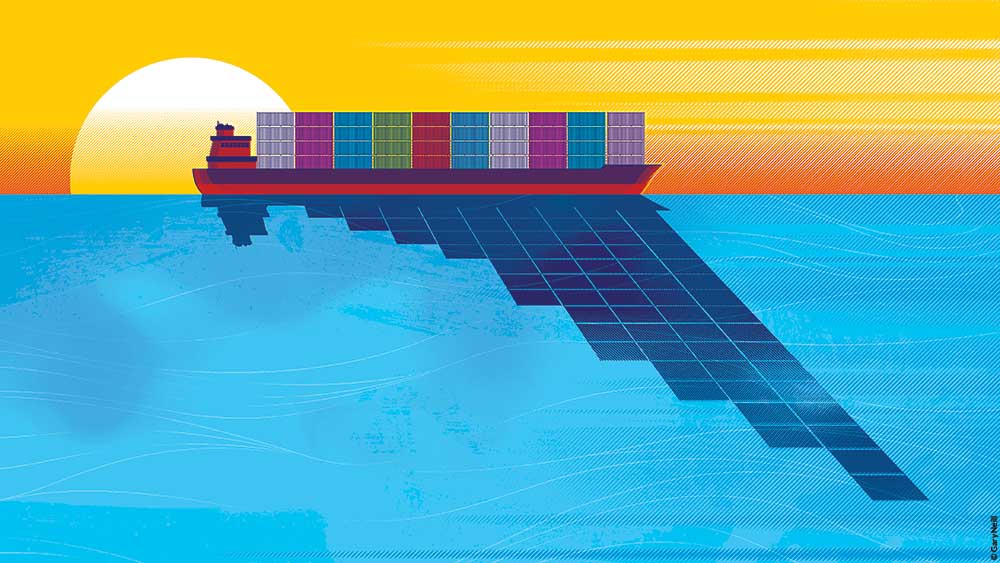Retail Sales Slide as Tariff Shockwaves Ripple Through the Economy — But What Comes Next?
Retail sales took a notable step back in May, falling 0.9% after an early-year surge that was widely seen as a consumer rush to beat President Trump’s sweeping tariffs. Auto sales dropped sharply, down 3.5%, as buyers who pulled forward purchases to dodge a 25% duty on imports left a temporary vacuum in demand. Even excluding autos, sales slid 0.3%, reflecting broader caution across categories from electronics to groceries.
But the numbers don’t just reflect a spending pause—they’re a mirror of a consumer economy caught between two narratives: one of resilience, and one of restraint. While inflation is softening and unemployment remains low, consumer confidence has been shaken. Shoppers have stocked up ahead of tariffs, and many households now appear to be hitting the brakes—not because they can’t spend, but because they’re uncertain about what lies ahead.
Short-Term Dip, or Sign of Something Bigger?
Some economists view the dip in May sales as more of a recalibration than a reversal. A key gauge of discretionary spending (which strips out volatile sectors like autos and gas) actually rose 0.4%, suggesting some consumers are still opening their wallets. And categories like e-commerce (+0.9%), furniture (+1.2%), and apparel (+0.8%) showed bright spots.
However, the decline in restaurant and bar sales (–0.9%)—typically a bellwether for consumer sentiment—may hint at a shift toward more conservative spending. As inventory levels normalize and demand cools, many retailers are facing a tough question: Was the early-year sales boost simply borrowed from the future?
The Post-Tariff Hangover Is Real—And It’s Not Over
Many retailers built up inventory aggressively this spring, anticipating supply chain snarls and cost hikes. Now they’re left navigating softer-than-expected demand. Port traffic has slowed, and consumer goods companies like Picnic Time are reporting order declines of up to 40% from last year. CEO Paul Cosaro says shoppers are becoming more price-sensitive, and the company has been forced to raise prices 11–14% while implementing a hiring freeze to offset tariff costs that have tripled year-over-year.
This sentiment is echoed across the retail landscape. Retailers like Walmart, Lululemon, and Deckers (Uggs, Hoka) are adjusting pricing strategies, with many acknowledging that higher prices may dampen demand. According to Deckers CFO Steven Fasching, “There is potential to see demand erosion associated with the combination of price increases and general softness in the consumer spending environment.”
Looking Ahead: What Retailers (and Shoppers) Can Expect
Retail’s next chapter hinges heavily on policy direction. If tariffs persist or expand—particularly on consumer staples and back-to-school essentials—retailers may be forced to front-load promotions to lure early spending. This is already happening, with reports that major chains are advancing back-to-school deals into June to avoid the fallout of late-summer price hikes.
Meanwhile, all eyes are on the Federal Reserve. While interest rates remain relatively stable, any hawkish turn in response to future inflation signals could tighten credit conditions and weaken consumer liquidity, especially for lower- and middle-income households already squeezed by price volatility.
In the near term, a modest consumer spending recovery is still on the table. But it may look different: more online, more deal-driven, and more segmented by income tier. As the post-tariff economy takes shape, retailers that remain agile in pricing, supply chain strategy, and customer targeting will be best positioned to weather the uncertainty.
Retailers and economists alike should be cautious about interpreting May’s dip as a blip. It’s the start of a new economic phase where consumer behavior will be shaped not just by prices, but by policies—and by the growing gap between what shoppers want and what they’re willing (or able) to pay.


